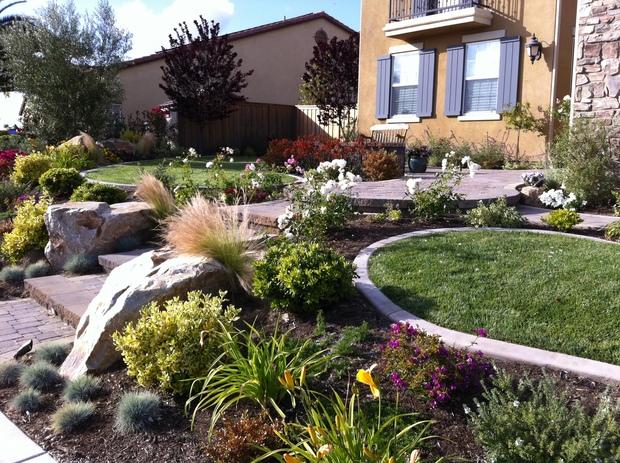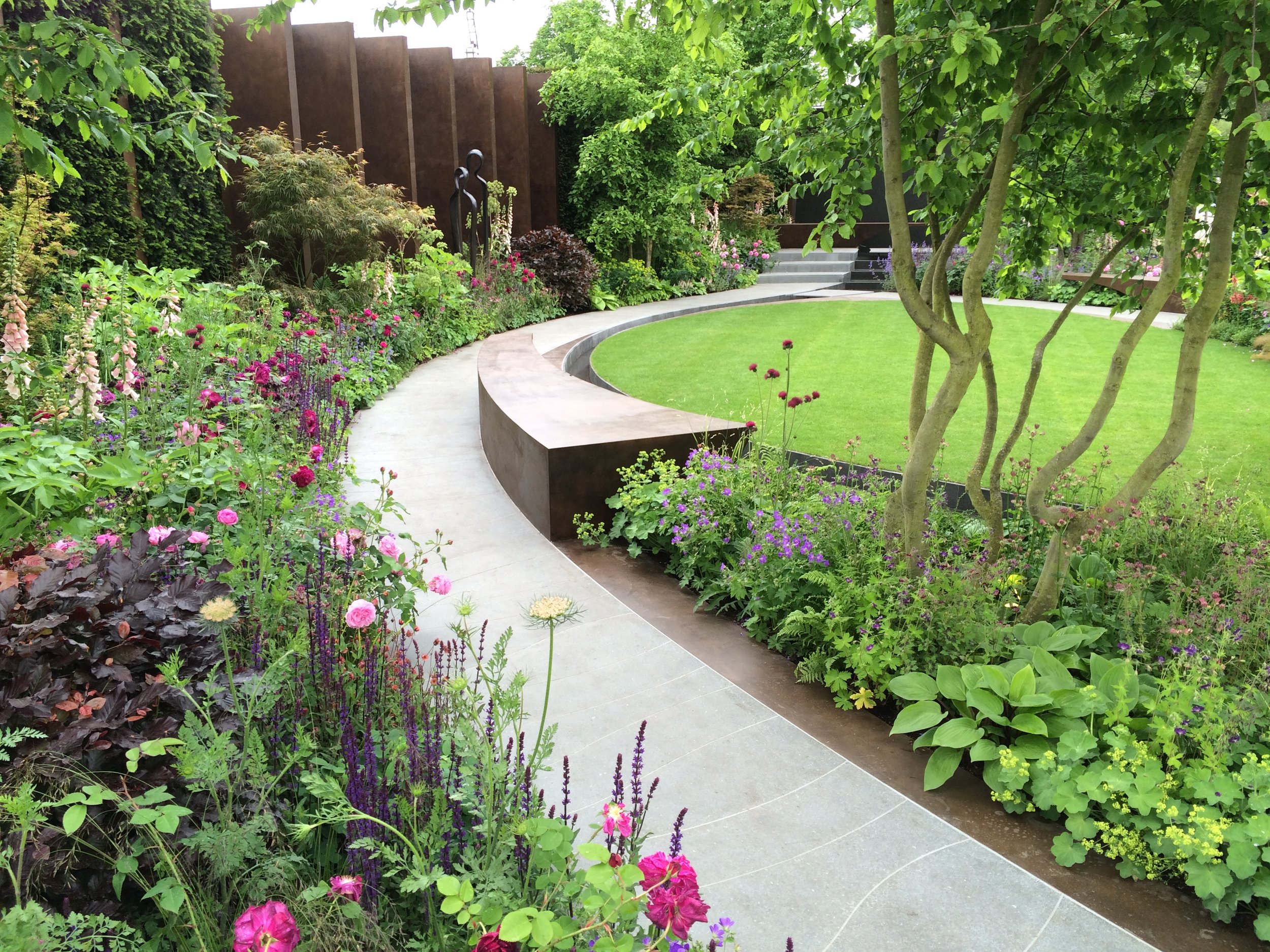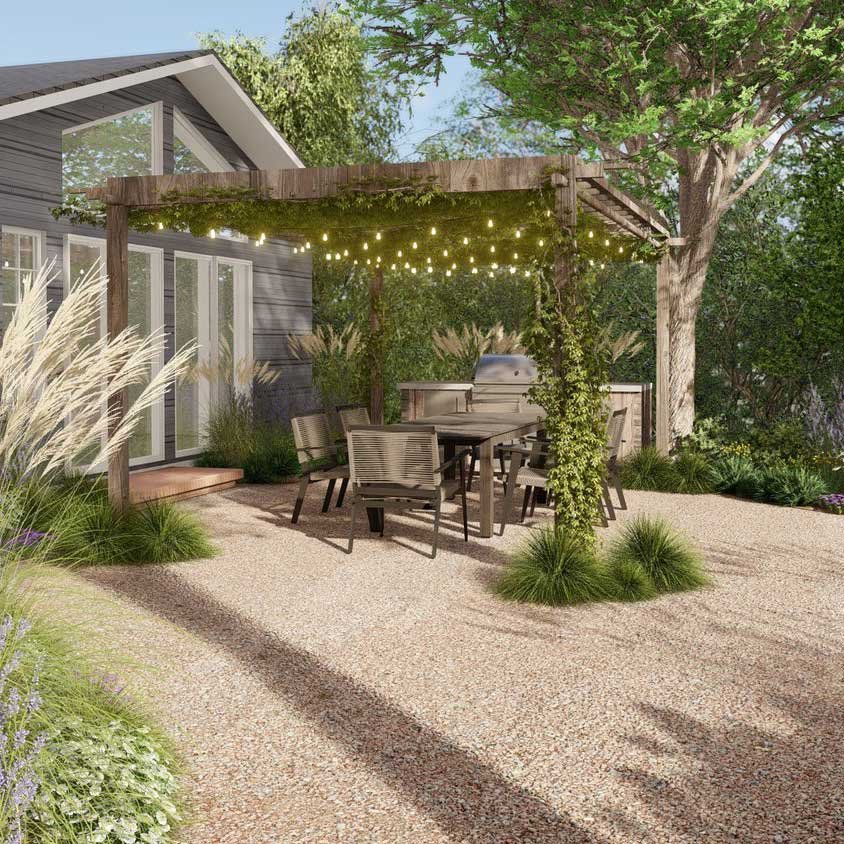The Definitive Guide to Landscapers
The Definitive Guide to Landscapers
Blog Article
The Single Strategy To Use For Landscapers
Table of ContentsSome Known Incorrect Statements About Landscapers A Biased View of LandscapersThe Ultimate Guide To LandscapersThe Basic Principles Of Landscapers The smart Trick of Landscapers That Nobody is Talking AboutNot known Details About Landscapers
- A yard function where water is stood for by an accumulated stone item, generally a crushed rock or granite.- A stone or natural flagstone patio area, path, or sidewalk constructed without a concrete base.- A rock maintaining or free standing wall developed without the usage of mortar. - An underground framework that collect water and allows it to slow percolate into the dirt around it.
Landscape design that is suitable with a sites' environment in both appearance and sustainability without unfavorable impacts to the environment. Edging in the landscape is a line of separation that creates visual passion in the yard by dividing one segment from another section.
Areas can additionally have a sensation of "enclosure" offered by trees, other plantings, fencings, or screens. The landscape near the entry to a structure.
Some Known Details About Landscapers

The aspect in a landscape style or area in a landscape that is implied to be most popular. The prime focus can be a plant, boulder, statuary, collecting room, or various other landscape function. A style of gardens or yard aspects that emphasize straight lines, right angles and circles. Bushes or hedges located in beds near the structure of a home or other structure.

The Buzz on Landscapers
Reduced plants that are enabled or urged to spread out over an area. Can refer to any kind of "tough" yard components consisting of statuary or rocks but a lot of frequently is used to refer to courses, outdoor patios, and walls - Landscapers.: Height difference between the degree of water in a fish pond (or the level of the pump if it sits outside the pond) and the upper electrical outlet of water which influences efficiency of the water pump in gph (gallons per hour).
A chemical used to regulate weeds. Fence boards that run horizontally, often used in modern-day or Japanese-inspired landscape styles. Lines that specify spaces within a landscape idea. These typically prolong from corners or key attributes of an existing framework. Appropriate usage of fictional lines can help the landscape really feel linked to the home and other elements.
An even more kicked back garden dominated by bent as opposed to straight bed lines and a less stiff framework. Typical PNW landscapes are casual. A plant that spreads even more than wanted, or right into environments where it does damage. Portland has a listing of intrusive plants that need to not be mounted in landscapes since they can infect forests or rivers and be hard to regulate.
Landscapers for Beginners
Smart irrigation controller testimonials and recommendations right here. 2-D rendering of the recommended watering system. Can include head positionings and coverage, pipeline sizing, GPM specs, and products needed to install this system. A watering plan is typically unneeded for houses however is typical for business projects. Accredited professional that makes landscapes, educated in design and design in addition to in horticulture.
Landscape designers normally have less education than Landscape Architects and are not accredited. A finished landscape layout, outlining all aspects for the brand-new landscape.
Calcium material made use of to increase the pH in dirt, which will make it less welcoming to moss (Landscapers). A water tight HDPE material used below ponds, streams and waterfalls in water functions. Making use of lots of growings of the same range to fill out a location in the landscape. This can lower upkeep and water use in the garden.
A mix of concrete, sand, and water that is made use of in stone stonework for establishing rocks and joints. A content layer of garden compost or bark dust used at the base of a plant. A mass planting of moss. A read this post here plant that was present in a geographical place before individuals started altering the landscape.
The Ultimate Guide To Landscapers
Exactly how the yard or a yard component is set up in partnership to an existing or new feature or to a direction. Yards that are not mowed yet grown in landscapes as perennials.

Plants that supply seasonal passion and after that die back in the winter. Cold period turf that is the most common turf grass in Portland, OR and the rest of the PNW.An open roofed structure over a patio or other landscape attribute.
The most usual landscape crushed rock in the PNW. Location of the landscape developed to deal with rainfall water until it can saturate into the ground.
Structure made from wood, concrete, paving rocks, bricks or other products for supporting slopes and preventing too much disintegration. Narrow gutter. Producing a garden function consisting primarily of rocks with plantings that enhance and can flourish in the rocky atmosphere. Lawn sprinkler head style that revolves a stream of water throughout an area.
The Definitive Guide to Landscapers

Report this page